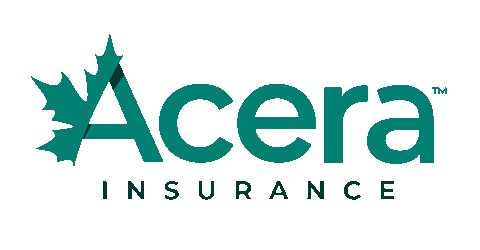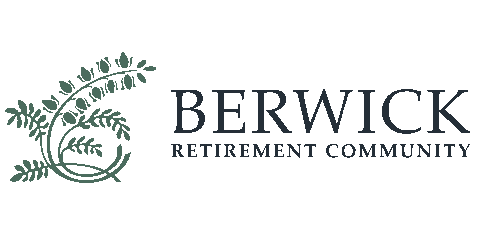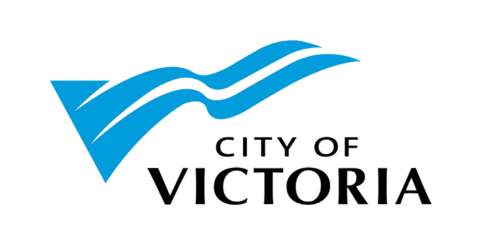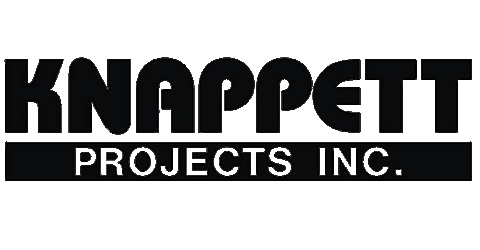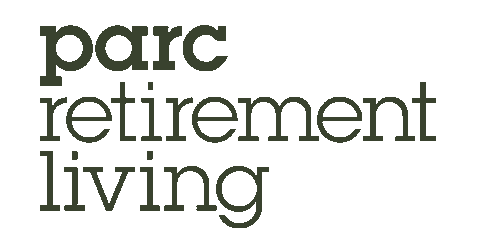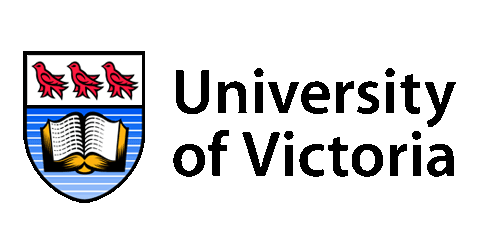More work still needed to lower municipal taxes
Local governments have until May 15 to adopt their tax rate bylaws but early deliberations are already pointing to major increases.
The City of Victoria has made efforts to lower costs for downtown businesses, but is still looking at a tax hike of more than 10%.
Victoria Mayor Marianne Alto recently spoke to Chamber members about the value of the relationship between city hall and local businesses. However, the mayor has an uphill battle convincing the rest of council and city staff to dig deeper into why costs of running the city have escalated so much.
The Chamber has vocally called for municipalities to exercise fiscal constraint with next year’s budgets. Businesses are having to tighten their belts during a period of economic uncertainty — even small cost increases are magnified right now.
“Raising property taxes is a choice, and The Chamber has been clear that local governments could be adding the straw that breaks the camel’s back,” Chamber CEO John Wilson said. “We know cutting back on expenses is difficult when so many people need help, but municipalities really do rely on businesses to support their community. We can’t risk the jobs, services and goods provided by the private sector because that will only lead to less revenue for the public sector.”
Over in the District of Saanich, the early 2026 municipal budget needs an 8.74% tax increase to pay for everything added to the wish list.

